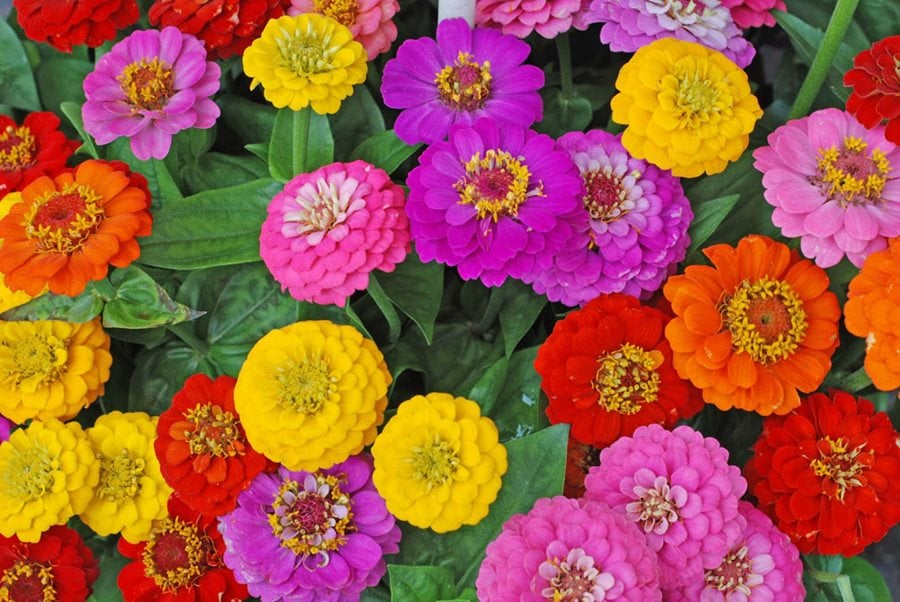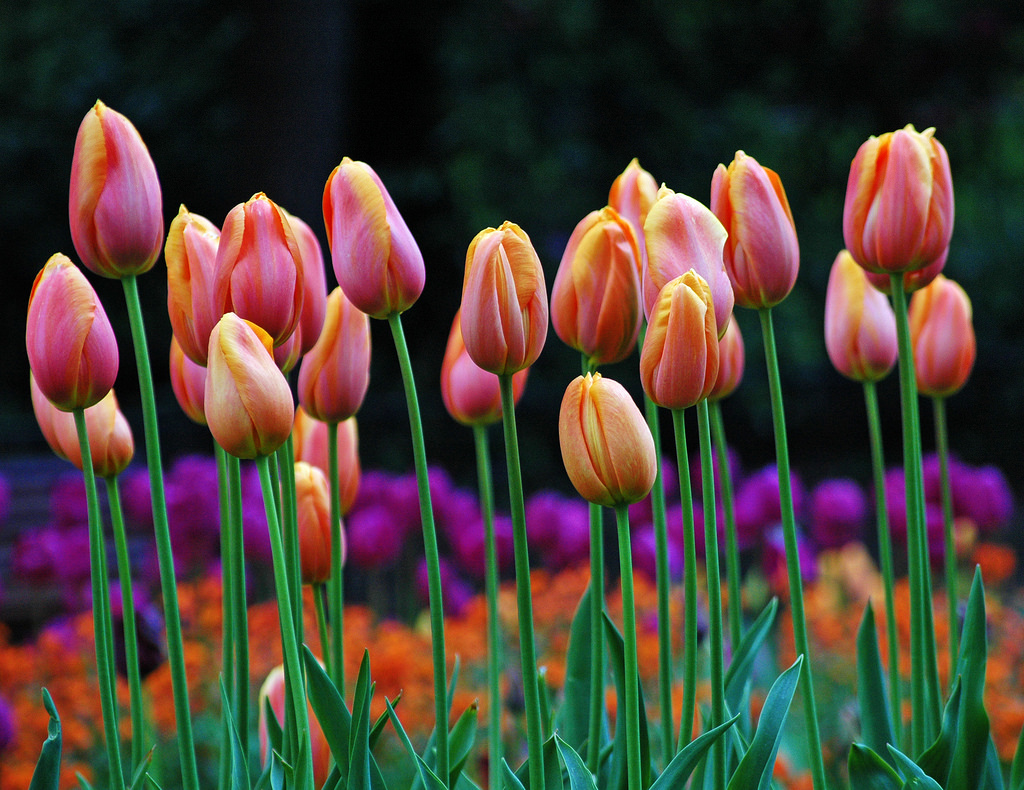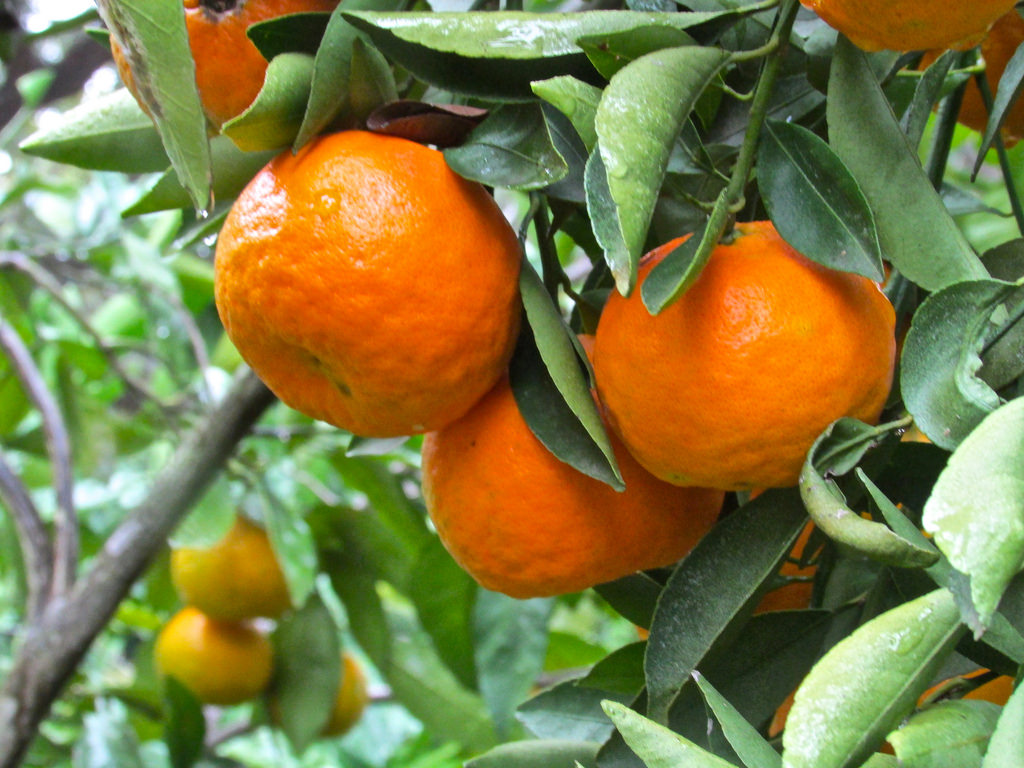TIPS
Tip: How to have success with Roses
Follow these 6 tips to be on the way to a beautiful rose garden.
- Sunshine. Roses love the sun. Ideally, choose a site that gets at least 6 hours of sunlight a day. For roses, the more sunshine, the better.
- Soil. Make sure you use a well-draining soil that also holds on to moisture long enough for the roots to absorb some. This means loam which contains the right percentages of sand, silt and clay.
- Mulch. Add a 2-3 inch layer of organic mulch around your roses. Not only will this provide the roses with necessary nutrients, but it will also insulate them protecting from temperature variations and help to retain moisture. It will also help with weed control.
- Water. Irrigate roses deeply but infrequently. The entire root zone should be wet. Remember to water the soil, not the leaves. Keeping foliage dry will help prevent disease. The soil should be consistently moist – not overly wet and not bone dry.
- Inspect. Check your roses for disease or insects. If you find a problem, treat with a common pesticide before it overtakes your plant.
- Prune. Roses need to be pruned regularly. By removing all the dead, diseased, and damaged canes will open your rose bush up to new growth.
Tip: Protect your bulbs
Critters love to take pleasure in finding, digging, and nibbling on bulbs. To protect your bulbs this year, cover them up by staking down chicken wire over the bed. Once early Spring arrives, remove the mesh or let the flowers grow through the holes.
Tip: What Flowers grow best in the Coachella Valley
It is recommended to plant twice a year in the desert – Spring and Fall. Spring comes early in the desert. Marigolds are easy to grow and thrives in  arid climates. It has a fragrant ferny green foliage and brings colors such as gold, copper, and brass into your garden. It will bloom brightly throughout summer. Zinnias are a warm-season perennial that flowers for months on end. They will also attract butterflies to any garden. Blue Salvia grows from early Spring to late Fall. They bloom abundantly and are a great addition to any landscape. Vincas also do well planted in the Spring and are easy to grow. You can use them in masses in beds or as a filler to spill over the side of a pot.
arid climates. It has a fragrant ferny green foliage and brings colors such as gold, copper, and brass into your garden. It will bloom brightly throughout summer. Zinnias are a warm-season perennial that flowers for months on end. They will also attract butterflies to any garden. Blue Salvia grows from early Spring to late Fall. They bloom abundantly and are a great addition to any landscape. Vincas also do well planted in the Spring and are easy to grow. You can use them in masses in beds or as a filler to spill over the side of a pot. 
During the Fall, Petunias, Pansies, Alyssum, Snapdragons, Impatiens and geraniums are all great choices. The trumpet-shaped Petunias are very popular due to their vibrant colors. You can grow petunias from seeds, but it is easier to grow them from transplants. Pansies are the colorful flowers with “faces”. They have heart-shaped, overlapping petals and have a wide variety of bright colors. The Alyssums, Snapdragons, Impatiens, and geraniums all hearty, colorful plants that will do very well during the Fall season in the desert.
How to Tell if Citrus is Ripe
Unlike some fruits, citrus does not continue to ripen after being harvested. Here are three tips to help determine if your citrus is ready to be picked.
- Taste test – This is considered the best test. Pick a piece of fruit from two different parts of the tree. Cut them open and sample the fruit. If both of those pieces taste as it should, then it is safe to assume that all the fruit on that tree is ready for harvesting. If it doesn’t taste right, wait a week and try again.
- Fruit Skin Color – Lemons and oranges start out green when immature but change to a yellow or orange color as they ripen. Keeping an eye on the color of the fruit can help determine when you can conduct your ripeness test. There are exceptions, such as Valencia oranges will turn a yellow-green when ripe.

- Picking Resistance – When citrus is ready to be picked, it should come off the tree with little resistance. If the fruit does not come off the tree easily, and you find yourself struggling to remove the fruit, it is likely not fully ripe. The proper way to pluck fruit from a tree is to grasp it in the palm of your hand and twist it while simultaneously pulling the fruit away from the tree.
What’s eating my Bougainvillea?
Bougainvilleas are fairly hardy ornamental plants that do very well in climates such as the Coachella Valley. Even though Bougainvilleas are resistant to many bugs, some insects still find this plant very attractive.
- Pests and Damage
Aphids – feeds off tender new leaves. Its secretion can attract ants and promotes mold gowth
Spider mites – Leaves dropping off the plant
The Bougainvillea Looper Caterpillar – Eat the plant leaves
Mealybug – creates black, sooty-looking mold.
- Solution
The most natural form of pest control for your Bougainvillea is the ladybug. It is a predator of aphids and most of the other bugs found on a Bougainvillea. You can also combine Neem tree oil concentrate with water and a bit of dishwashing liquid to create a spray. This is effective as a repellent to aphids as well as mealybugs.
- Warning
If you do use a chemical pesticide, make sure to wear protective clothing and follow the directions closely. Keep in mind that pesticides not only kill off harmful insects, but they may kill off natural predators such as the praying mantis and the garden spiders that control infestation of aphids and mealybugs.
Tip: How to lighten those heavy pots
No need to strain your back lifting those heavy pots. Try filling the bottom third of the pot with foam packing peanuts. On top of the packing peanuts, put a layer of landscape fabric. Then, add lightweight potting mix that has lots of vermiculite and peat moss. You will be surprised how much lighter that pot will be!







